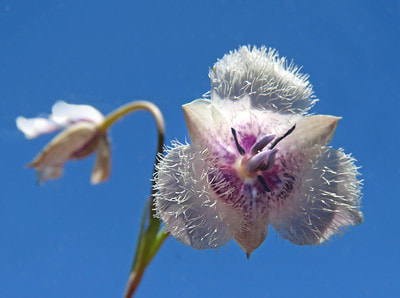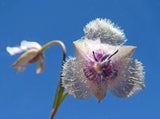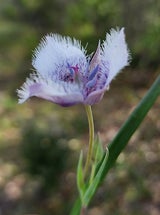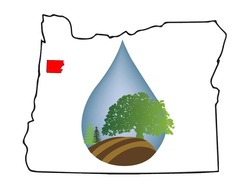- Bulbs and Perennials
- >
- Mariposa Lily
Mariposa Lily
Calochortus tolmiei, band pot, bulb
Habit: perennial herb growing from a bulb producing a slender stem that is unbranched or branched. Foliage is blue-green with the basal leaf usually reaching heights greater than that of the stem. The small upright inflorescence is a single or cluster of bell-shaped flowers with 3 white petals and light purple to pink highlights. Flowers are very hairy on the inside and surrounded by 3 narrow sepals that vary in color from green to white to purple. Fruit is a 3-winged capsule that droops. Blooms between April and June.
Ecology: found on dry open grassy slopes and woodlands, commonly in dry poor soil west of the Cascades at elevations from 160-6500 ft (50-2000m).
Growing Conditions: full sun to deep shade, needs good drainage and prefers sandy soil.
Named after the Spanish word for butterfly “mariposa”.




